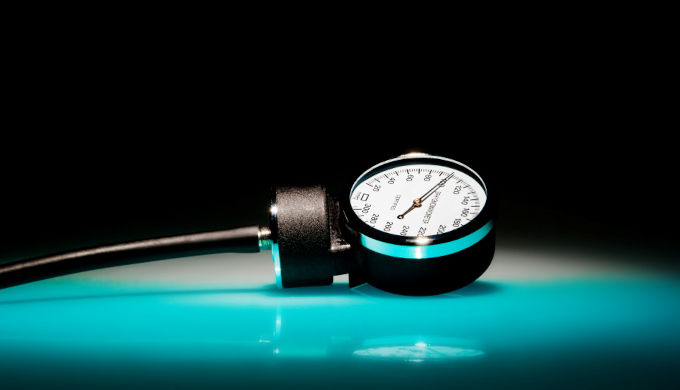Author: Eleanor McDermid
medwireNews: Having blood pressure that is higher at night than during the day is associated with an increased mortality risk in people with diabetes, shows a 21-year study.
The researchers note that this reverse dipping pattern also predicts adverse outcomes in the general population, but stress its impact “may be greater” among people with diabetes, in whom the prevalence of reverse dipping is reportedly three to five times higher.
This highlights “the peculiar need of diabetic patients to be screened for dipping abnormalities,” write Domenico Tricò (University of Pisa, Italy) and team in Diabetes, Obesity and Metabolism.
The 349 study participants (81.4% with type 2 diabetes and 18.6% with type 1 diabetes) came from a larger cohort of people seen at a single center between 1999 and 2000. The average glycated hemoglobin level of the people with diabetes was 8.6% (70 mmol/mol) and they were an average of 57 years old.
Ambulatory blood pressure monitoring (ABPM) revealed that 48% of participants had a dipping pattern, whereby blood pressure was at least 10% lower at night than during the day, while 41% were non-dippers and 11% were reverse dippers.
The researchers note that nearly one in five people with non-dipping or reverse dipping patterns had masked hypertension, and neither this nor the abnormal dipping pattern would have been diagnosed had they not undergone ABPM.
The prevalence of stage 3–4 kidney disease increased across the groups from dipping to non-dipping and reverse dipping (9, 14, and 22%, respectively) as did that of cardiac autonomic neuropathy (13, 21, and 41%). The prevalence of concentric left ventricular remodeling was similar in the dipping and non-dipping groups, at 68% and 65%, respectively, but was significantly increased in reverse dippers, at 88%.
During follow-up, the average overall survival time declined from 18.6 years in people with dipping blood pressure, to 17.5 years in non-dippers, and 16.1 years in reverse dippers, with the differences between the groups becoming clear from around 10 years of follow-up.
After accounting for factors such as age, glycemic control, and other blood pressure variables including medications, there was no significant difference in survival between people with non-dipping and dipping patterns.
By contrast, reverse dippers had a significantly increased risk for mortality of 2.5-fold relative to dippers and 1.9-fold compared with non-dippers.
“Altogether, our study findings suggest that reverse dipping is a more extreme phenotype of non-dipping, characterized by higher severity of autonomic dysfunction, increased risk of subclinical organ damage, and, above all, reduced survival probability,” say Tricò and team.
They conclude: “These findings corroborate the current recommendations to implement 24-hour ABPM as a risk stratification tool to identify abnormal [blood pressure] patterns in high and very-high risk populations, such as patients with long-standing diabetes.”
medwireNews is an independent medical news service provided by Springer Healthcare Ltd. © 2022 Springer Healthcare Ltd, part of the Springer Nature Group









